SILVER-LUG Blog — 英国

Why are luxury watch manufacturers concentrated in Switzerland? Historical background
Posted by WATANABETAIGA
When you hear the words "luxury watches," which country comes to mind? Most people would probably answer "Switzerland."
So why has Switzerland remained the only country to survive as the mecca of the watch industry for so long? The answer lies not just in technological superiority, but also in the major trends of world history, such as religion, war, and the Industrial Revolution.
This time, I would like to trace the changes in the watch industry from a global historical perspective.
Why are luxury watch manufacturers concentrated in Switzerland? Historical background
Posted by WATANABETAIGA

Why Sterling Silver is Described as Pure Silver in Japan
Posted by WATANABETAIGA
In the Japanese antiques industry, sterling silver is often referred to as "pure silver."
Chemically speaking, pure silver refers to silver with a purity of 99.9% or more, while sterling silver is an alloy with a silver content of 92.5%.
The use of the term "pure silver" in the Japanese antiques industry is not simply a misuse of terms; there is a deep reason for it, based on hundreds of years of Western history and the cultural background of Japan's acceptance of Western silver.
Why Sterling Silver is Described as Pure Silver in Japan
Posted by WATANABETAIGA
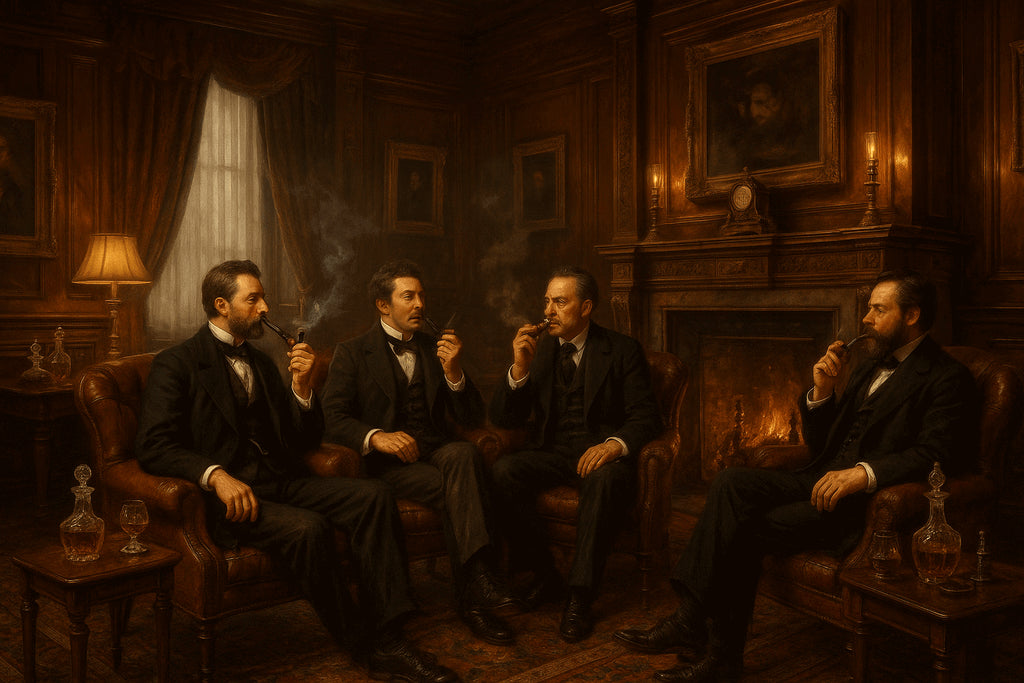
A luxurious time to enjoy smoking. Western antique smoking accessories.
Posted by WATANABETAIGA
In recent years, as fewer people smoke, smoking accessories have become less common, but among the antiques, there are surprisingly many beautiful items that are also wonderful works of art.
Western antique smoking accessories are a very fascinating category, not just as mere tools, but as objects that tell a story of culture and history.
A luxurious time to enjoy smoking. Western antique smoking accessories.
Posted by WATANABETAIGA
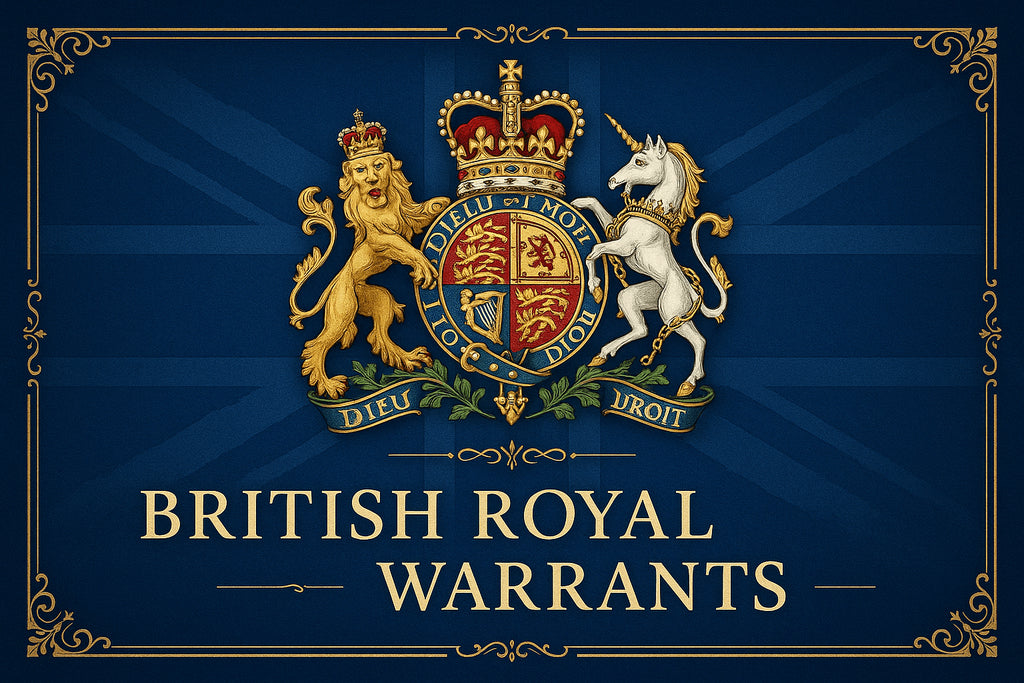
British Royal Warrant
Posted by WATANABETAIGA
In the UK, there is a system called a "Royal Warrant" that is awarded to companies and organisations that provide goods or services to the British Royal Family.
Japan also had a system of purveyors to the Imperial Household and the Imperial Household Agency, but these were abolished in 1954.
It is a system that has existed since the 15th century and is still in place today, and when researching British antiques you will often see the term "Royal Warrant".
In this article, we will explain the contents of the British Royal Warrant, its history, and representative manufacturers.
British Royal Warrant
Posted by WATANABETAIGA
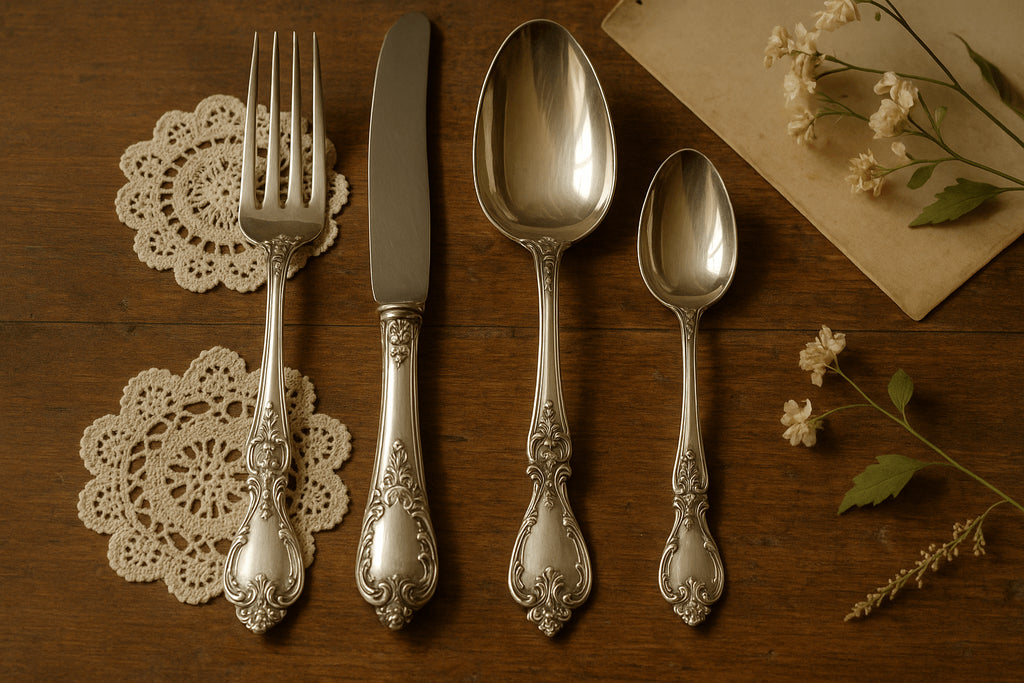
Antique silver cutlery handle patterns
Posted by WATANABETAIGA
Antique silver cutlery is not only a tool for dining, but also a reflection of the craftsmanship and food culture of the era in which it was made.
In this article, we will focus on handle patterns on antique cutlery, explaining their history and characteristics, from basic British patterns to decorative designs, and even patterns found in countries other than the UK, such as France and the US.
Antique silver cutlery handle patterns
Posted by WATANABETAIGA
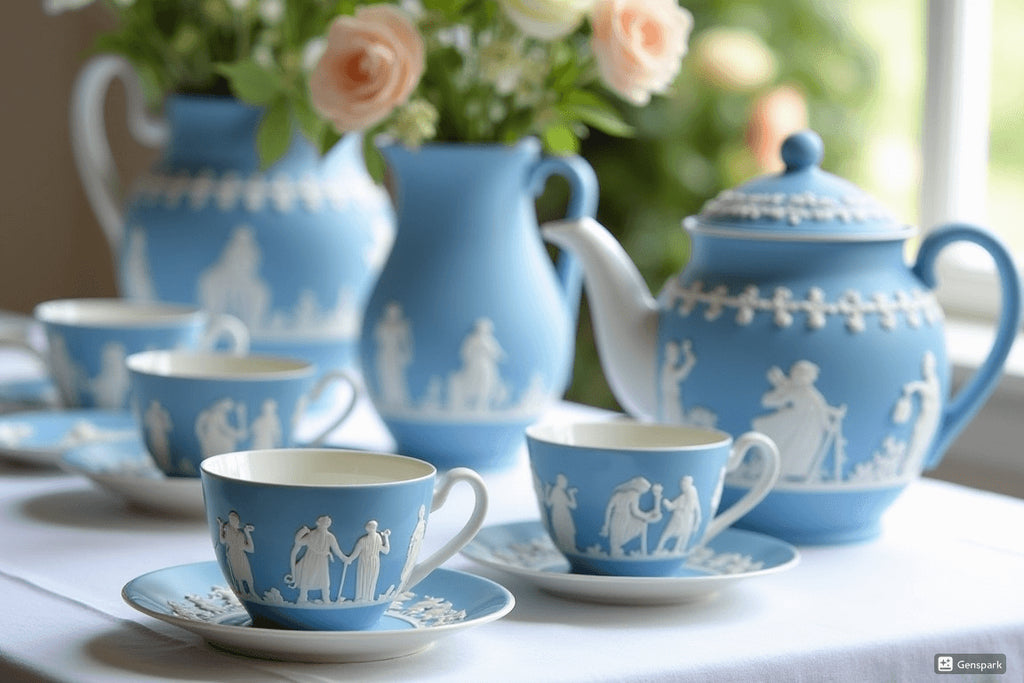
Wedgwood's "Jasperware" from the UK
Posted by WATANABETAIGA
Wedgwood's "Jasperware" is one of the most popular Western ceramics in Japan.
Teacups and vases with elegant white relief on a pale blue background are truly synonymous with Wedgwood.
In this article, we will provide a clear explanation of the history of its creation, its characteristics, how it is made, and the secret behind its ever-attracting appeal.
Wedgwood's "Jasperware" from the UK
Posted by WATANABETAIGA
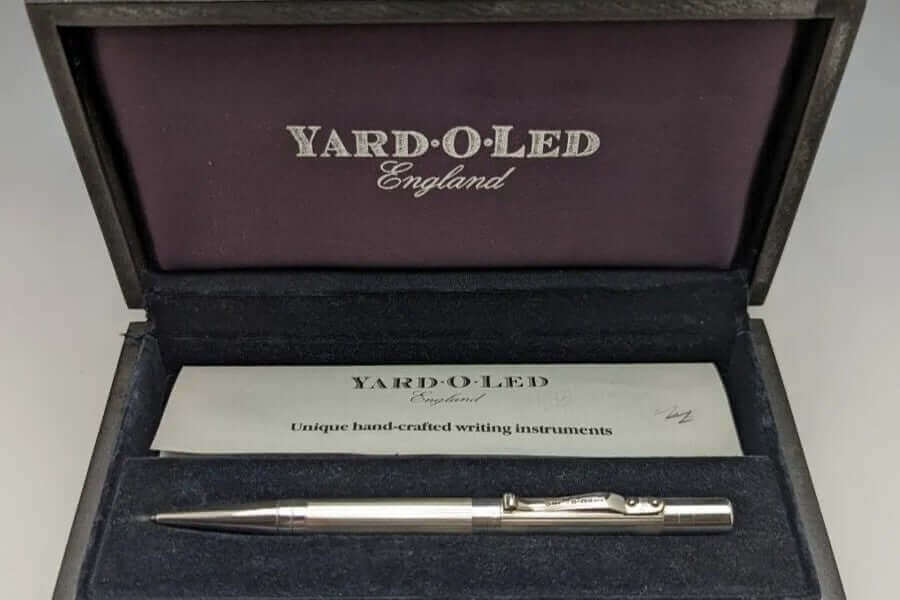
Yard O' Red, a British writing instrument that focuses on pure silver and handcrafted craftsmanship
Posted by WATANABETAIGA
Yard o' Red is a British writing instrument brand that is still in production today, famous for its artisan-made pure silver pencils.
Although it is a slightly unusual name, it is deeply engraved with the origins of the brand and the passion that our craftsmen have for their writing instruments.
In this article, we will explain the history of Yard O' Red and the features of its products.
Yard O' Red, a British writing instrument that focuses on pure silver and handcrafted craftsmanship
Posted by WATANABETAIGA
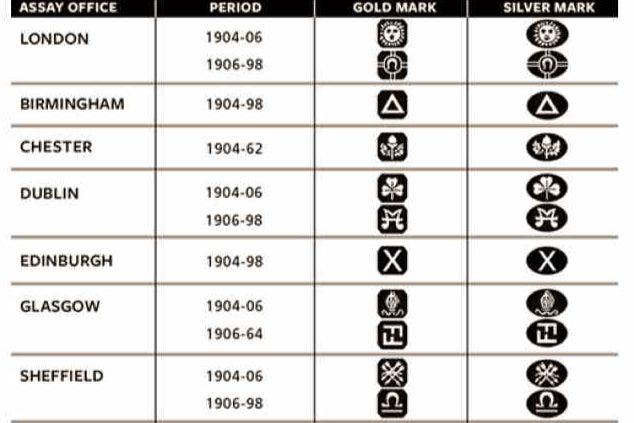
History of "import marks" on silver products imported into the UK
Posted by WATANABETAIGA
British silver products have a small mark called a "hallmark" stamped on them.
Between 1867 and 1998, when silverware made outside the UK was imported for sale in the UK, a separate mark, called an "import mark", was added to distinguish it from silverware made in the UK.
This article will explain in detail about "import marks".
History of "import marks" on silver products imported into the UK
Posted by WATANABETAIGA
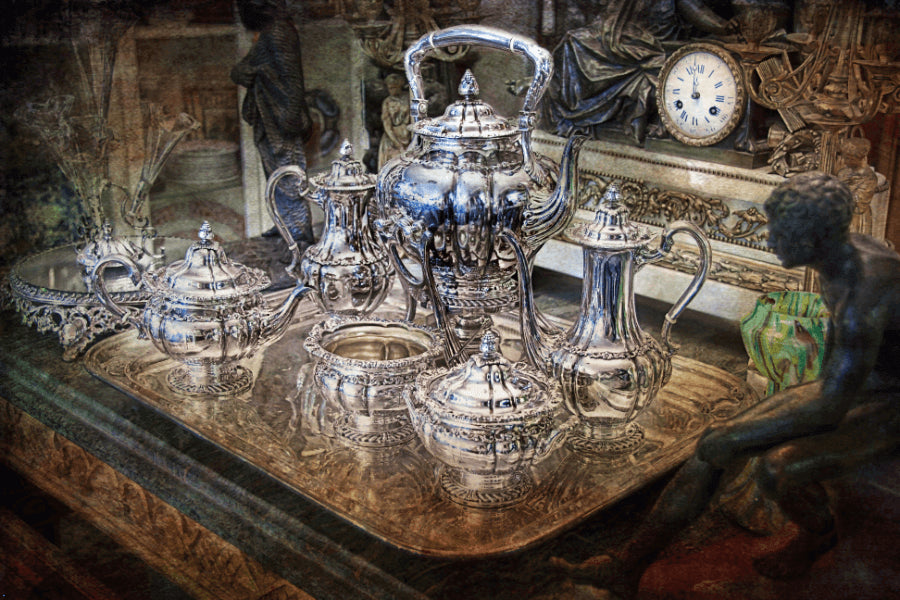
Antique British tea set
Posted by WATANABETAIGA
Antique British tea set
Posted by WATANABETAIGA
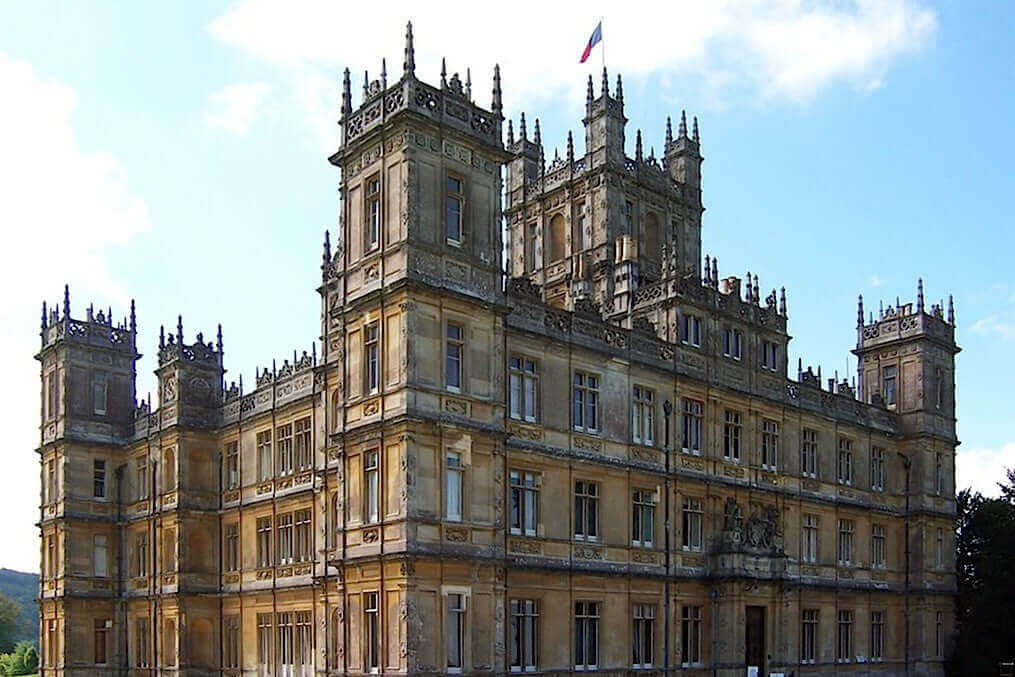
The decline of the British aristocracy and antiques
Posted by WATANABETAIGA
When you hear "British antiques," you probably think of something that is reserved for the aristocracy . The great British antiques developed greatly due to the demand and patronage of the British aristocracy, who flourished in the 19th century. In the early 20th century, the British aristocracy began to decline.
The decline of the British aristocracy and antiques
Posted by WATANABETAIGA


